Heb je een vraag over dit product?
Neem contact op met onze huidspecialistes
Neoderma Blue Blood Face Tinted Sunscreen SPF30 (Beige) 50 ml
€73,00
![]() Achteraf betalen mogelijk met je Klarna account .
Achteraf betalen mogelijk met je Klarna account .
Een lichtgewicht beige getinte zonnebrandcrème beschermt effectief tegen UV-stralen en door de zon veroorzaakte vroegtijdige veroudering, wat leidt tot een gehydrateerde, gladde en gezonde huid.
Neoderma Blue Blood Face Sunscreen Natural Tinted SPF30
Een lichtgewicht gezichtsgcrème met natuurlijke tint en SPF30 beschermingsfactor.
Ideaal voor
Bescherming tegen de zon. Donkere verkleuringen en verheldering van de huid. Tegen een overmatige talgproductie en zichtbare poriën. Kan gebruikt worden voor de gevoelige huid. Vermindert fijne lijntjes en rimpels. Dagelijkse verzorging.
Huidtypes
Normale huid, droge huid, gevoelige huid, vette huid en gemengde huid.
Hoe te gebruiken
Breng een half uur voor blootstelling aan de zon aan op een schoon gezicht en hals. Regelmatig opnieuw aanbrengen en vooral na het zwemmen of bij langdurige blootstelling aan de zon.
Belangrijke ingrediënten
– Perfluorkoolstof Geeft zuurstof af aan de huid. Verbetert het uiterlijk, de gladheid en zachtheid van de huid. Helpt de verschijning van rimpels te verminderen, herstel van stevigheid en teint.
– Glycosfingolipiden Biedt bescherming tegen barre weersomstandigheden en draagt ??bij aan de waterdoorlatende barrière van de huid om de huid in een goede conditie te houden.
– Simmondsia Chinensis (Jojoba) Zaadolie Biedt hydratatie en laat een rijk fluweelachtig, niet-vettig gevoel op de huid achter, terwijl het waterverlies vertraagt ??en de flexibiliteit en soepelheid van de huid verbetert. Druivensapextract Helpt bij het voorkomen en verminderen van de tekenen van vroegtijdige veroudering. Beschermt en kalmeert de huid.
– Biosaccharide Gum-1 Hydrateert, kalmeert en verbetert het huidgevoel.
– Tocoferylacetaat Helpt de tekenen van vroegtijdige veroudering, veroorzaakt door UV-straling en lipideperoxidatie, te voorkomen.
Aqua (Water), CI 77891 (Titanium Dioxide), Ethylhexyl Methoxycinnamaat, Aluminiumzetmeel Octenylsuccinaat, Bis-Ethylhexyloxyfenol Methoxyfenyl Triazine, Glycereth-26, Gehydrogeneerd Polydeceen, Polyglyceryl-6 Distearaat, Cetyl Dimethicone, Cyclopentasiloxaan, Diethylbutylzo-Addioxaan, Diethylbutylzo Addioxaan Ethylhexyl Triazon, Methyleen Bis-Benzotriazolyl Tetramethylbutylfenol (nano), Tocoferyl Acetaat, Parfum (Geur), Kalium Cetyl Fosfaat, Perfluordecaline, Biosaccharide Gum-1, Vitis Vinifera (Druiven) Sap Extract, Simmondsia Chinensis (Jojoba)-Ethanol, Jojoba-zaadolie, Pheno Esters, ammoniumacryloyldimethyltauraat/VP-copolymeer, VP/eicoseencopolymeer, propaandiol, decylglucoside, cetylalcohol, polyglyceryl-3-bijenwas, glycerine, xanthaangom, caprylylglycol, decyleenglycol, isopropyltitaniumtriisostearaat,Propyleenglycol, Glycosfingolipiden, Sucrosepalmitaat, CI 77492 (IJzeroxiden), CI 77491 (IJzeroxiden), Allantoïne, Dinatrium EDTA.
50ML
– Airless-technologie Dermatologisch getest
– Vrij van polyethyleenparels
– Allergeenvrij
– Vrij van parabenen
– Vrij van minerale oliën
– Vrij van paraffinewas
– Vaselinevrij
– Ethanolaminevrij MCI/MI-vrij
– Formaldehyde-donoren Vrij
– GGO-vrij
– Niet op dieren getest
| Brand | Neoderma |
|---|
Enkel ingelogde klanten die dit product gekocht hebben, kunnen een beoordeling schrijven.
Gerelateerde producten
Droge huid
FaceLITE LED masker
HydroPeptide
HydroPeptide
HydroPeptide
Vitamin Plus

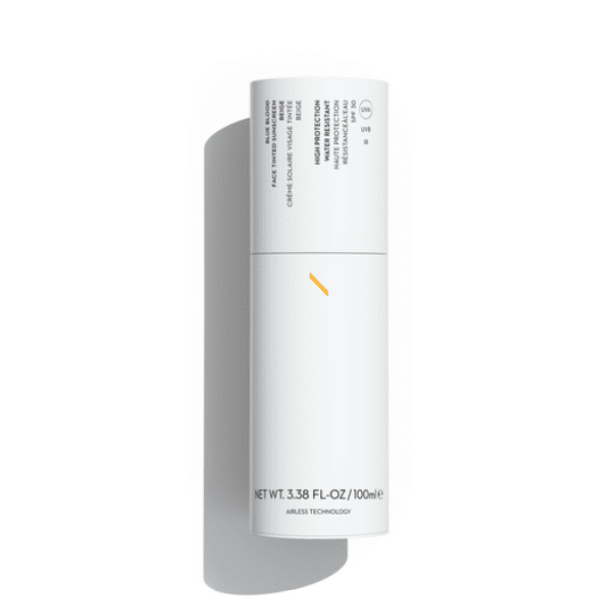
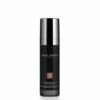

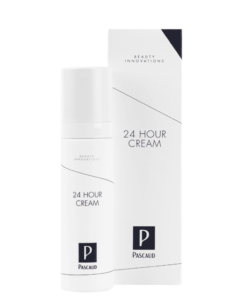
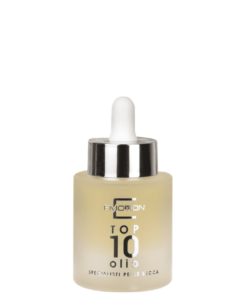
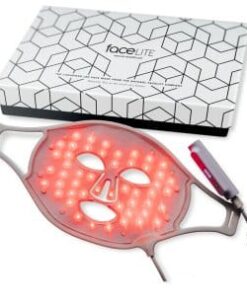
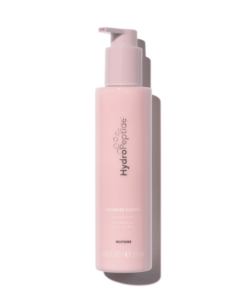
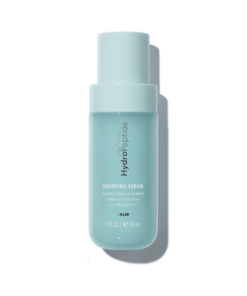


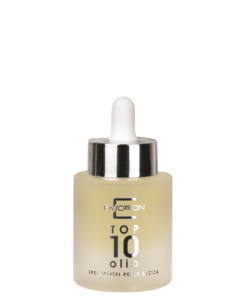

Beoordelingen
Er zijn nog geen beoordelingen.